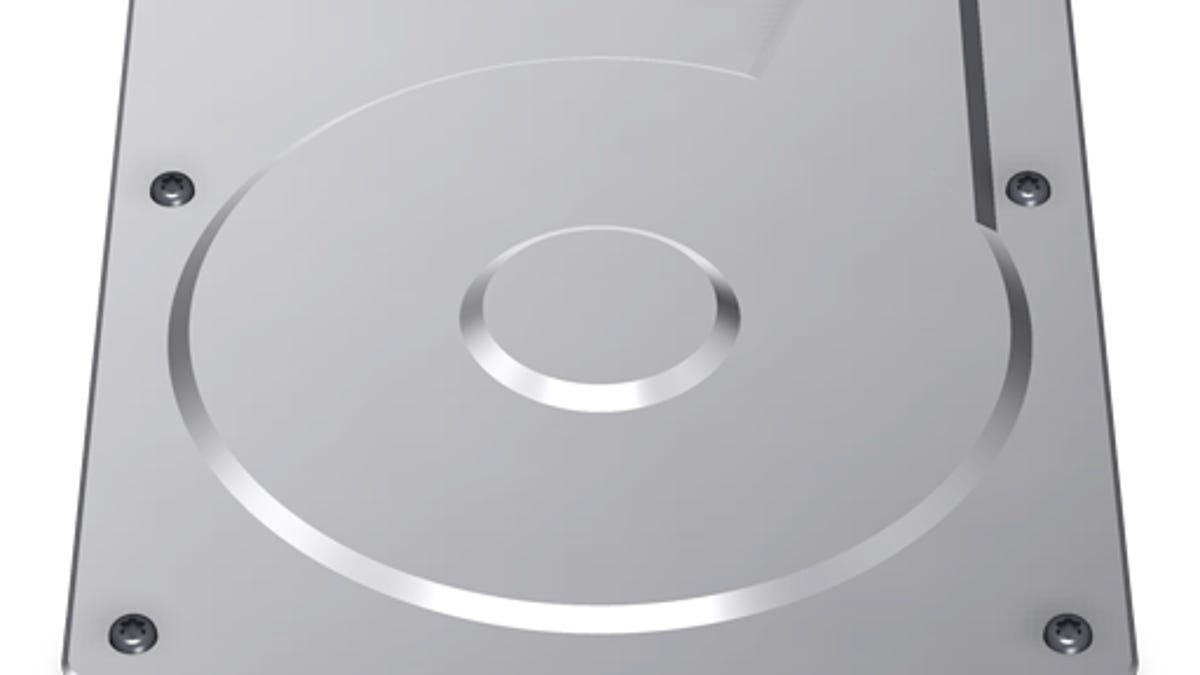Fix slow booting after changing drives in OS X
Altering drive configurations in OS X may result in a relatively slow boot process, which usually can be fixed with a couple of steps.

After making changes to the drive configuration in OS X you may run into an issue where the system will not boot as fast as it previously did. In these cases the system may sit at the gray boot screen for a while before the OS loads, but when it finally does, the system will otherwise run just fine.
This problem can happen after several types of drive configuration changes, which include replacing a faulty drive, upgrading the drive to a larger or faster one, or migrating to a new storage approach such as a custom Fusion Drive setup in OS X Lion or later.
The first thing to check if your system is booting slowly is its default boot drive settings. While this is done in the system preferences, the variable for it is stored in the system's PRAM so it can be accessed and used at startup. If there is a problem with the PRAM in the system, the system may not be storing this setting properly. As a result, merely selecting the desired boot drive in the Startup Disk system preferences might not work and you might also need to reset the PRAM so it can store settings properly. To do this, reboot the system while hold the Option-Command-P-R keys all at once until the system automatically resets, and then release the keys and allow it to boot normally.
Resetting the PRAM to help fix slow boots may especially be needed after fixing errors found in Apple's Fusion Drive (either official or custom-configured drives).
In addition to ensuring the system has the drive set as the default boot drive, be sure to check the drive for any errors. To do so, open Disk Utility and first choose the boot drive device (listed above the boot volume name) and click the Verify Disk button in the First Aid tab. This routine will check the drive's partition table layout. Next, select the boot volume itself and rerun the same verification routine to check the drive's format structure. If either of these show any errors then click the Repair Disk button to fix them (you will have to boot to the OS X installation drive to repair the volume structure).
After checking the drive for errors, you can also use a maintenance program such as OnyX to clear boot caches and other temporary files from the system that may influence a slow startup. For a more in-depth maintenance routine to clear other potential errors that could affect how the system runs, try running a full general maintenance routine.
Questions? Comments? Have a fix? Post them below or
e-mail us!
Be sure to check us out on Twitter and the CNET Mac forums.

